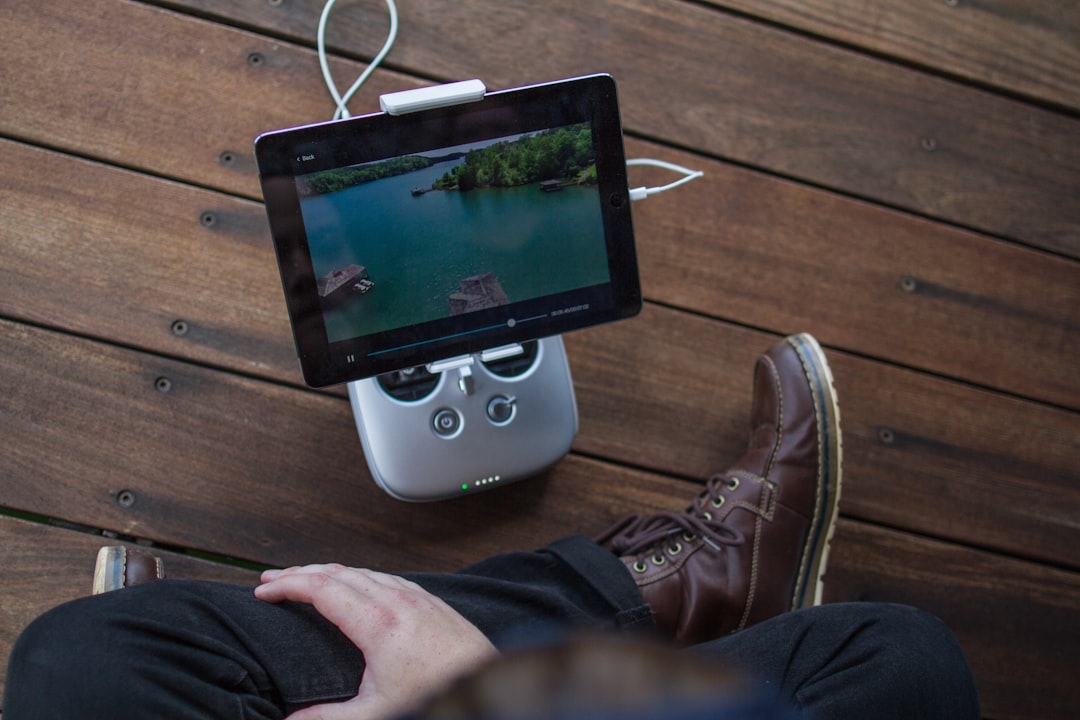When shopping for a portable projector, one of the most talked-about specifications is brightness, often measured in lumens. Consumers often assume that more lumens automatically translate to a superior viewing experience. However, in the case of portable projectors, where design, size, and power efficiency are critical, things aren’t always that simple. Understanding the difference between claimed lumens and actual performance in real-world settings is crucial to making a smart purchase.
What Are Lumens?
A lumen is a unit of measurement that quantifies the total amount of visible light emitted by a source. In projectors, the higher the lumens, the brighter the image is supposed to appear. However, manufacturers sometimes use different standards for measuring lumens, and portable projectors often advertise inflated numbers that don’t reflect true brightness in practical use.
Types of Lumen Measurements
There are chiefly two lumen ratings you’ll see:
- ANSI Lumens: This standard, defined by the American National Standards Institute, is a reliable and consistent method of measuring projector brightness. ANSI lumens are determined by averaging the brightness of multiple points on a projected image and are typically more trustworthy.
- LED Lumens or Marketing Lumens: These are often used by manufacturers of portable projectors and are not standardized. As a result, LED lumens can significantly overstate actual brightness levels, sometimes by 2-3 times.
For example, a projector claiming 3000 LED lumens may only emit around 400 ANSI lumens — a drastic difference that affects picture quality under normal viewing conditions.
Portability Comes at a Cost
Portable projectors are compact, lightweight, and often battery-powered, making them ideal for travel, presentations, or casual backyard movie nights. However, this portability comes with trade-offs:
- Lower brightness compared to full-size projectors
- Smaller optical engines
- Limited battery life, which requires balancing power usage with light output
Due to these limitations, even the best portable projectors may struggle in bright rooms or outdoor settings unless used after dark.

How Lumens Translate to Real-World Use
Real-world performance of a portable projector depends on more than just lumens. The room’s lighting conditions, screen size, distance between the projector and the wall, and image resolution all factor into how bright and vivid the display will appear.
Here’s a rough guideline for portable projector brightness in various environments:
- Under 300 ANSI lumens: Suitable for dark rooms with minimal ambient light
- 300–700 ANSI lumens: Acceptable for dimly lit rooms; image still lacks punch in daylight
- Above 700 ANSI lumens: Can handle some ambient light; better for flexible indoor and occasional outdoor use
Marketing Tricks to Watch Out For
With the booming popularity of portable projectors, some companies take advantage of inexperienced consumers by using confusing or misleading specs. Common tactics include:
- Exaggerated lumen counts: As mentioned, marketing lumens or “peak brightness” figures are often misleading
- Mislabeling native resolution: Some projectors upscale lower resolutions, claiming they support 1080p, but their native resolution may be far lower
- “Contrast Ratio” games: Claimed contrast ratios are often not practical or visually discernible to the average user
How to Choose the Right Brightness
When evaluating a portable projector, it’s important to consider your specific use cases:
- Indoor Use Only: If you’re using the projector in a dark room and don’t need portability for outdoor settings, 200–400 ANSI lumens might suffice.
- Mixed Lighting Rooms: Opt for a projector with at least 500 ANSI lumens for better image clarity.
- Outdoor or Daylight Use: Aim for the brightest portable projector available, ideally 800+ ANSI lumens or more, and understand that image quality still won’t match indoor projectors without some compromise.
Other Factors That Impact Perceived Brightness
While lumens are important, they aren’t the only component in perceived image brightness and clarity. Here are other factors to consider:
- Color Accuracy: A brighter image lacking in color fidelity won’t offer a good viewing experience
- Projection Surface: Using a white or reflective screen surface improves brightness as compared to projecting on a wall
- Throw Ratio and Focus: A short throw projector can allow for larger images without sacrificing as much brightness
- Battery vs. Plugged In: Some projectors perform better when plugged into power rather than running on battery
Brightness Isn’t Everything
Many users focus heavily on lumens alone, when other aspects like audio quality, operating system, portability, and connectivity are equally important. A projector with balanced features and realistic brightness ratings can often outperform a high-lumen device lacking in other areas.
Conclusion
In the portable projector market, lumens can be a confusing and often exaggerated figure. ANSI lumens provide the most accurate representation of a projector’s brightness, but even then, context matters. Evaluating a projector’s full performance — including lumen ratings in real-world settings — is essential to making a satisfactory purchase.
Frequently Asked Questions (FAQ)
-
Q: What is the difference between ANSI lumens and LED lumens?
A: ANSI lumens are measured using standardized testing methods and offer consistent brightness comparisons. LED lumens are marketing terms and often significantly overestimate actual brightness. -
Q: How many lumens do I need for a good portable projector?
A: For dark indoor environments, 300–500 ANSI lumens is adequate. For brighter rooms or occasional outdoor use, consider 750–1000 ANSI lumens. -
Q: Can I use my portable projector during the day?
A: It depends on the projector’s brightness rating and screen type. Even high-lumen portable projectors may struggle in direct sunlight or bright daylight. -
Q: Does my projection surface affect brightness?
A: Yes. Smooth, reflective surfaces such as projector screens or white walls can enhance perceived brightness and image sharpness. -
Q: Are bigger projectors always brighter?
A: Not necessarily, but larger home theater models usually support higher brightness because they have more room for robust light engines and better cooling systems.